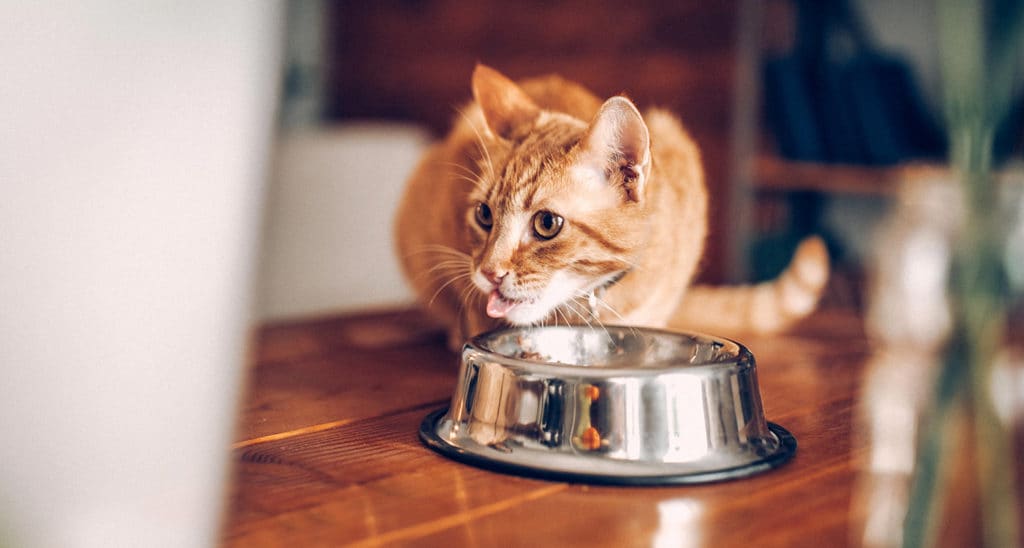Kittens have a higher energy and nutrient requirement than adult cats due to their rapid growth and development, so it's important to feed them a diet specifically formulated for their nutritional needs. In this article,
we'll discuss the various factors that influence how much to feed a kitten, how to determine the right amount of food for a kitten, the types of kitten food available, the appropriate feeding schedule for kittens, and common feeding mistakes to avoid.
FACTORS TO DETERMINE HOW MUCH FOOD A KITTEN NEEDS
AGE
One of the main factors that determine how much food a kitten need is their age. Kittens have a rapid growth rate and require more calories and nutrients than adult cats. It's important to feed them a diet specifically formulated for kittens to meet their unique nutritional needs. Kitten food should be high in protein and fat to support their growth and development
SIZE
Size is another factor to consider when determining how much to feed a kitten. Smaller kittens may need to eat more frequently to meet their energy and nutrient requirements, while larger kittens may need fewer meals but larger portions.
ACTIVITY LEVEL
This is yet another factor that can influence how much food a kitten needs. Kittens that are more active may need more calories to fuel their activities, while less active kittens may require fewer calories. It's important to monitor a kitten's activity level and adjust their food intake accordingly.
HEALTH STATUS
Health status is also an important factor to consider when determining how much to feed a kitten. Kittens that are sick or recovering from an illness may need more or less food depending on their condition. It's essential to consult with a veterinarian to determine the appropriate amount of food for a kitten with a health condition.
HOW TO DETERMINE THE RIGHT AMOUNT OF FOOD FOR A KITTEN
- One way is to use the feeding guidelines on the pet food label as a starting point. These guidelines are based on a kitten's age, size, and activity level and provide a general idea of how much food a kitten needs. However, it's important to note that these guidelines may vary depending on the brand and type of food.
- Another way to determine the right amount of food for a kitten is to consult with a veterinarian. They can provide personalized feeding recommendations based on a kitten's specific needs and help you develop a feeding plan.
- Another tool that can be useful in determining the right amount of food for a kitten is a body condition scoring chart. This chart allows you to assess a kitten's body condition by evaluating their body weight, muscle mass, and fat deposits. By using this chart, you can determine if a kitten is underweight, overweight, or at an ideal weight and adjust their food intake accordingly.
- It's important to monitor a kitten's body condition and adjust their food intake as needed to ensure they are growing and developing properly. Regular check-ups with a veterinarian can also help ensure that a kitten is on track with their growth and development.
When it comes to choosing the right kitten food, there are several options available, including wet food, dry food, and homemade meals. Wet food is a good option for kittens because it is high in moisture and can help prevent dehydration. It is also a good source of protein and essential nutrients. However, wet food can be more expensive and may spoil faster than dry food.
Dry food is a convenient option because it has a longer shelf life and is easy to store. It can also help keep a kitten's teeth clean and healthy. However, dry food is lower in moisture content than wet food and may not be as appealing to some kittens.


